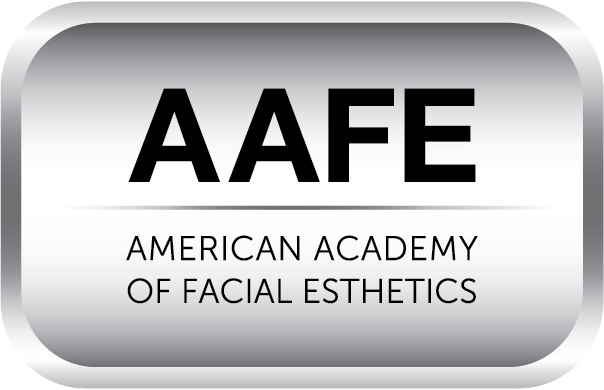Dental Cleaning FAQs From a Family Dentist

Any family dentist will tell you that oral hygiene is an integral part of any healthy lifestyle. Dentists are always committed to providing services that help maintain positive oral hygiene. It is always recommended to visit the dentist regularly for a checkup and thorough cleaning. Read on to learn more about dental cleanings.
Family dentist
Dental cleanings are beneficial for maintaining healthy gums and teeth. There are different types of cleanings. All of them play important roles in the prevention and treatment of dental diseases. Here are some frequently asked questions about dental cleanings.
What is a prophylaxis?
A prophylaxis, also referred to as a regular cleaning, is regarded to be a preventive procedure. It involves either the dentist or dental hygienist removing plaque, tartar as well as stains from the teeth. When visiting for a dental exam, the dentist may provide teeth cleaning to help get rid of excess tartar buildup. This procedure is often recommended at regular intervals, possibly once or twice annually, especially for people whose gum health is generally good. A prophylaxis may not be administered on severely damaged teeth. But it is a great procedure that can help maintain already healthy teeth.
What is scaling and root planing?
Scaling and root planing is also commonly referred to as a deep cleaning. This is often recommended when a person shows signs of gum disease. A deep cleaning has two vital parts. Scaling is when the dentist or dental hygienist removes all the plaque and tartar above as well as below the gumline and cleans all the way down to the bottom of the pocket. Root planing involves smoothing out the roots of the teeth to help the gums reattach to the teeth. A deep cleaning may take more than a single visit to complete.
What should a patient expect after a deep cleaning?
After a deep cleaning, an individual may experience pain for a day or two. Teeth sensitivity is also common. The gums may be swollen, bleed and feel tender. To prevent infection, manage pain or help the patient heal, a pill or mouth rinse may be prescribed. The dentist may also opt to insert medication into the pocket that was cleaned. A follow-up visit may be necessary to ensure the gums have healed.
The dentist will also measure the depth of the pockets. More treatment may be recommended if they have gotten deeper. Good dental care at home will help keep gum disease from either becoming more serious or recurring. An individual should brush the teeth twice every day with a soft brush. Cleaning between the teeth daily, not using tobacco and eating a balanced diet are also recommended. Seeing the dentist regularly is always important.
Takeaway
A regular cleaning involves cleaning the surfaces of your teeth and the areas between them. Deep cleaning is far more involved. It involves cleaning between the gums and teeth down to the roots. Like a regular cleaning, the family dentist or dental hygienist will clean the gumline, tooth and sides of the teeth. But in a deep cleaning, the oral health care provider will continue to remove tartar buildup down below the gumline to the tooth root.
Request an appointment here: https://drcalldental.com or call Dr. Call Dental Center at (706) 425-6240 for an appointment in our Dalton office.
Check out what others are saying about our services on Yelp: Read our Yelp reviews.
Related Posts
Dental bonding is an alternative to veneers and other cosmetic options to address imperfections in the teeth. It can also be used to address minor functional issues, such as small cracks or chips in the teeth. Once dental bonding is complete, you'll need to take care of your new smile so it lasts. Fortunately, caring…
Dentures restore both function and aesthetics, enabling individuals to speak, eat, and smile with confidence. However, over time, they will require professional denture repair. Just like natural teeth, dentures require proper care and maintenance to function effectively. Sometimes, even with proper care, dentures may show signs of wear and tear that necessitate professional intervention. Recognizing…
Dental bonding is a popular dental procedure that can help improve the appearance of a slightly damaged or discolored tooth. It involves applying a tooth-colored resin material to the surface of the tooth and then shaping and polishing it to match the surrounding teeth. While dental bonding can be an effective and affordable technique to…
Dental bonding is extremely versatile. Dentists use it for cosmetic reasons or to improve the overall functioning of a tooth or teeth. Take a closer look at what this procedure is and the conditions it addresses.Dental bonding is a procedure that uses composite resin material to build upon a tooth so that it may look…


